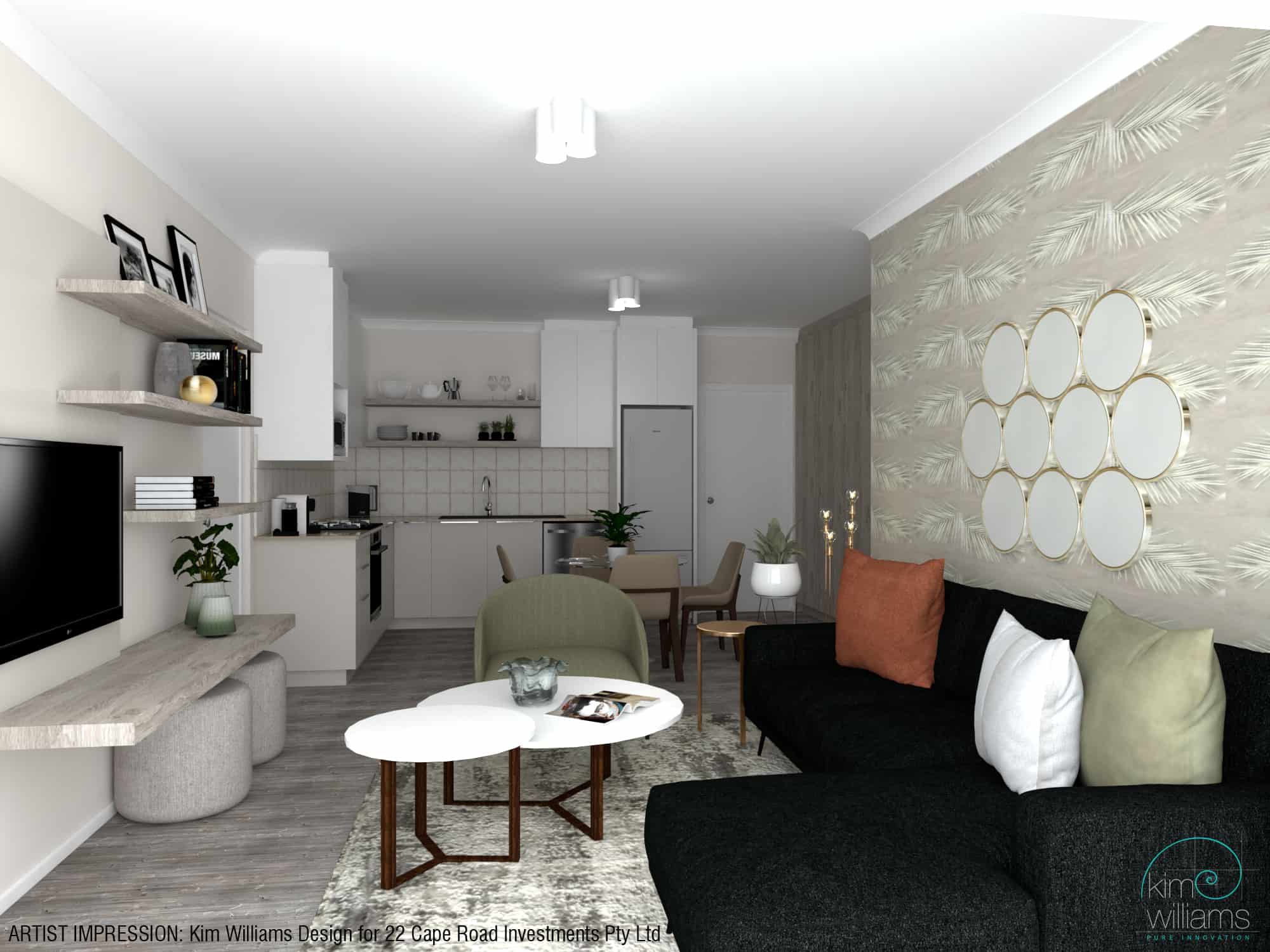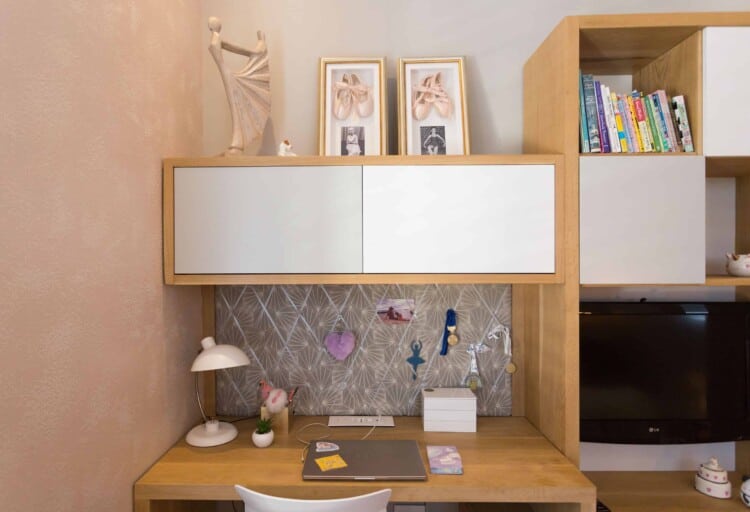Cape Town-based interior creator, behavioural specialist, and spatial strategist, Kim Williams, is changing our perspective on our spaces. For Kim, the key to great multi-functional design is a balance between functionality, behaviour and emotion. Mindfully zoning our spaces is a key tool in achieving the perfect balance between form, function, flow and finesse.
Our homes are the epicentre for a vast array of functions, including exercise, entertainment, relaxation, family time and work. After being locked inside during the pandemic, we have rediscovered the importance of residential spaces and see a lasting sociological shift from people spending their lives in public spaces to living back inside their homes.
What is Zoning?
Zoning is defined as separating our spaces according to their function. Whilst many can easily define the function of a space, we often underestimate how our environment influences our behaviour and emotion. Needing our space to make us feel a certain way is also a function of what we need from our homes.
Every individual has different emotional needs and reacts to their environment in unique ways. Some of us need more time alone, some need time together, some of us get a lot of energy exercising, some of us write and some of us are artists. These emotional components must be given consideration in the home because they are important to how we sustain ourselves and grow as human beings.

Here are Kim’s top tips on how to zone your home:
Indoors
- Declutter your space. You need to actively make room for the new, especially when zoning a small space. Analyse what in your space is serving you and declutter items that do not serve multiple purposes.
- Consider your layout. We have been conditioned to believe in a very traditionalist idea of a home, however focusing on what we need our space to do and what boundaries we need to work around in our spaces will lead to a more functional design.
- Subdivide your workspace. It has been proven in Pavlovian theory that different parts of our brains are triggered by different stimuli. Having multiple environments, with multiple stimuli, helps to keep your mind active and inspired as you work.
- Make shared spaces flexible. The lounge is used as a social space, a relaxation space, and an exercise space. It is useful to items that can be moved around easily and that double as storage. Nesting tables, tuck away ottomans that double as storage, and modular furniture are great examples of multi-functional furniture.
Outdoors
- Be mindful of the seasons. An outdoor area is a wonderful place for revival. When designing your garden, remember to pay attention to seasonality. Be mindful of how the sun flows into different spaces at different times of the year and you will create a space to enjoy all year round.
- Bring plants into your home. Post- lockdown we are acutely aware that we need a connection to nature. There has been a resurgence in the 70’s trend of filling our houses with plants because bringing nature into our space has a soothing influence over our emotional state.
- Get creative with how you disguise your necessities. Gardens need to store water, lock away tools and give us space to hang our laundry. These solutions do not have to be aesthetically unpleasing and disguising them with laser cut metal screens can add an element of art to your space.
- Embrace dark colours. Darker colours make garden wall recede and create an illusion of space. In a home Kim recently did, painting the wall black and adding plants vertically up the wall, draws your eye away from a nearby narrow path where the discrete space for a retractable line is.
Kim’s ability to understand design from a psychological and social perspective guides all that she does in her client’s spaces. Zoning that is mindful of function, behaviour and emotion allows her to create spaces that are both perfectly tailored and timeless for her clients. By skillfully using zoning, we can all expand the satisfaction we get from our spaces, without having to expand our footprint.
For more about Kim Williams and to sign-up for her blog visit www.kimwilliams.co.za. Follow Kim on Facebook and Instagram @kim_williams_design.


